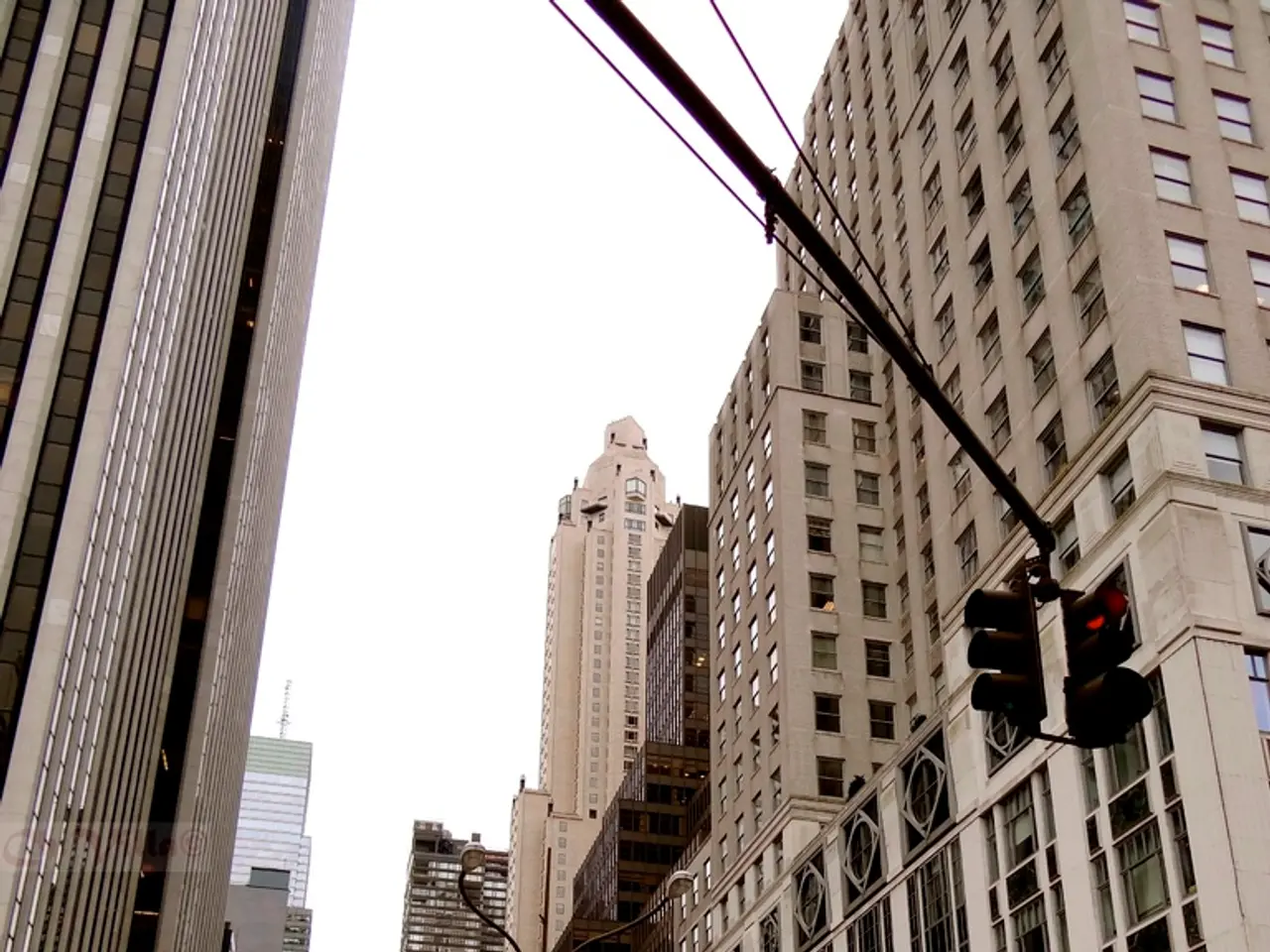Warning Signals for Companies Interacting with Customers: The Journey of Satnav as an Example
In the ever-evolving landscape of technology, standalone satellite navigation devices (satnavs) are no longer considered a significant consumer expenditure item in the UK. The Office for National Statistics (ONS) has removed satnavs from the 'basket of goods' it uses to gauge UK inflation, signalling their diminishing role as a discrete consumer product.
This change reflects a broader trend where standalone satnav devices have largely been replaced by smartphone apps and in-car systems integrated with real-time traffic data and additional features. Businesses must adapt by focusing on smartphone-based navigation services, connected car technology, and mobility apps, rather than physical devices.
For companies tracking consumer behaviour or pricing their products, this change indicates that inflation indices will no longer track standalone satnav prices, potentially affecting cost inflation calculations in consumer electronics. Businesses should rely more on digital service pricing and connected device trends for market analysis.
The shift suggests decreasing consumer demand for standalone satnavs and increasing demand for integrated technologies and services. This encourages businesses to innovate in software, user experience, and subscription-based models offering navigation, updates, and connectivity. Retailers specializing in standalone satnav hardware may see reduced sales, requiring diversification into related accessories or integrated technologies. Conversely, growth opportunities arise in digital content delivery and automotive infotainment systems.
The decline in satnav sales is due to the availability of navigation services on mobile phones and in-built navigation facilities in new cars. This trend is part of a larger shift towards integrated, software-enabled navigation solutions, driven by the evolution of technology and the expectation of immediate access to information.
The shift towards online services and digital platforms has had a profound impact on various industries. For instance, the publishing industry has seen notable casualties due to the shift towards digital platforms. Traditional marketing methods are becoming less effective due to consumer desensitization, necessitating a requirement for a seamless, omnichannel customer journey.
Businesses that recognize and take ownership of the customer journey are more likely to be successful. This is evident in the case of Blockbuster, a former video giant, which failed to keep up with changes in technology and the customer journey, leading to its closure in 2013. Streaming services such as Netflix played a significant role in the decline of Blockbuster.
Each customer's journey with a business is crucial, and companies who understand and cater to this journey will be more successful. The internet has brought about arguably the biggest transformation for business development in living memory. Every generation will eventually be technically savvy, making it a powerful resource for customer-facing businesses. Shorter attention spans are a result of this 'have it now' culture, requiring businesses to be more agile and innovative in their approach.
In conclusion, the removal of satnavs from the UK's inflation basket highlights their diminishing role as a discrete consumer product amid advancing consumer technology trends towards integrated, software-enabled navigation solutions. Businesses need to pivot towards these trends to stay relevant and capitalize on new consumer preferences in mobility and connected devices.
- As technology evolves and integration with devices increases, businesses should prioritize developing smartphone-based navigation services, connected car technology, and mobility apps.
- The shift towards digital platforms in various industries, such as navigation and automotive infotainment systems, presents growth opportunities for those who understand and cater to the customer journey, while posing challenges for traditional businesses and retailers.




